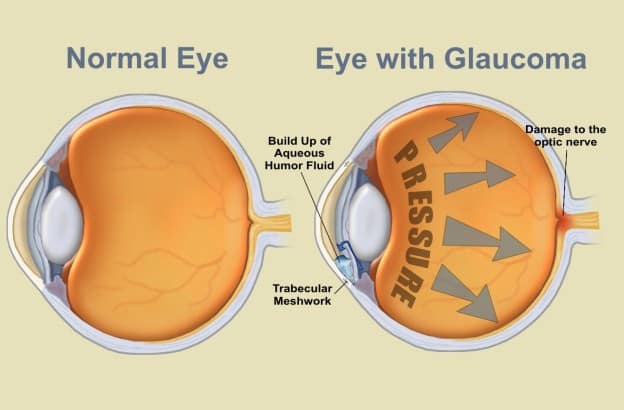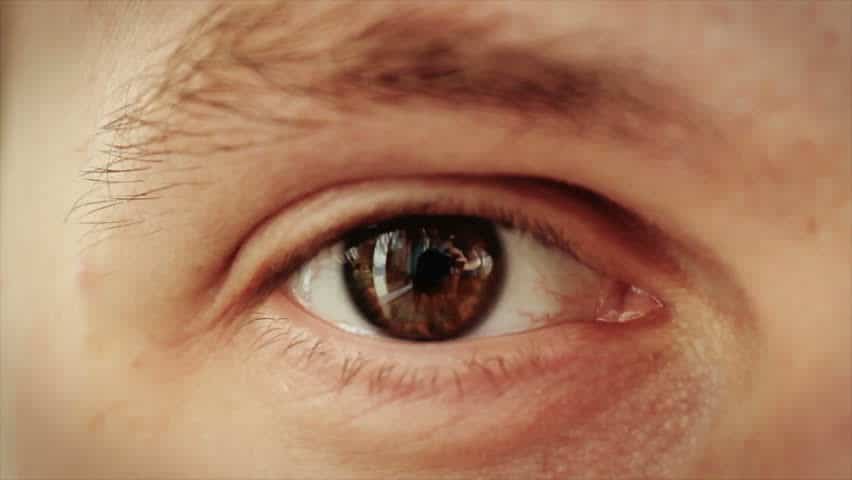Contents:
- Medical Video: Glaucoma Surgery
- Blindness due to glaucoma is permanent
- Be aware of the symptoms of glaucoma by type
- Symptoms of open-angle glaucoma
- Symptoms of closed angle glaucoma
Medical Video: Glaucoma Surgery
In addition to cataracts, vision problems that are another common cause of blindness in older people are glaucoma. However, the effects of glaucoma can be even worse due to blindnessthe cause cannot be corrected like a cataract. Well, for that you must begin to recognize and be aware of various glaucoma symptoms that may arise. Here is the review.
Blindness due to glaucoma is permanent
Glaucoma is damage to the eye nerve which causes visual impairment and blindness. Generally, nerve damage is caused by high pressure in the eyeball.
The eye nerve is a group of nerve fibers that connect the retina to the brain. When the nerves of the eye are damaged, the signal that is responsible for continuing what you see to the brain is disrupted. Slowly, this causes loss of vision.

The eye nerve will usually be damaged starting from the edge, so that the field of view of your vision will be narrowed. It's like, you see binoculars. When plugging in a view through a binocular lens, your area of view is narrower than if you don't use binoculars, right?
Well, the more nerves are damaged, the "binoculars" will get smaller, even to the point where they are closed, everything goes dark or blind. Nerve damage due to glaucoma is permanent.
Be aware of the symptoms of glaucoma by type
Broadly speaking, there are 2 primary open-angle glaucoma and closed angle primary glaucoma. The difference between the two is:
- Open-angle glaucoma usually does not show symptoms until damage occurs, while closed-angle glaucoma may still cause some mild symptoms before the attack occurs.
- Vision problems due to open-angle glaucoma occur slowly, whereas closed-angle glaucoma can occur slowly or also a sudden attack (acute type).
The following are differences in symptoms between the two types of glaucoma.
Symptoms of open-angle glaucoma
Open-angle glaucoma has no obvious symptoms, and can develop slowly for years. The initial symptoms are black spots on the edge of the eye which began to appear. This indicates thatthe nerves behind the eyes have been damaged little by little, starting from the edge.
However, this early symptom is often not realized by the owner of the body until its appearance is really already severe later on. If it is at an advanced stage, Your vision will look like binoculars which is often called tunnel vision.

(source: theophthalmologist.com)
Symptoms of closed angle glaucoma
Some of the symptoms of closed-angle glaucoma that occur early in the development of the disease are blurred vision, white circles and dazzling vision, mild headaches, or eyes that feel slightly painful.
When these symptoms occur, you should immediately get a consultation with an ophthalmologist. Because, then there will be a closed angle attack. When an attack occurs, you will experience:
- Great pain in the eyes or forehead
- Red eye
- Decreased vision or blurred vision
- See rainbows or halos
- Headache
- Nausea
- Gag
If symptoms of this attack occur, you should immediately see a doctor for further treatment.












